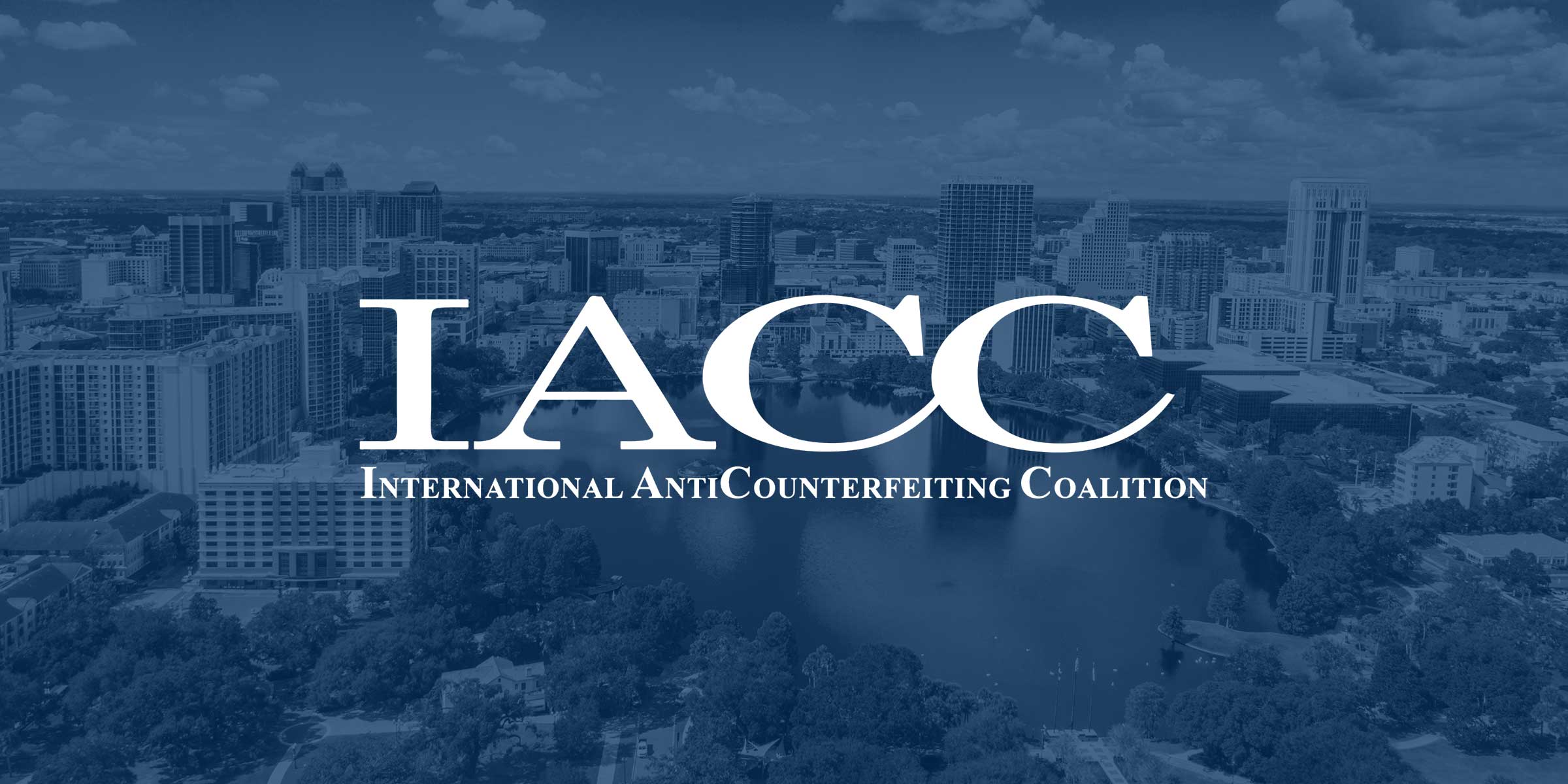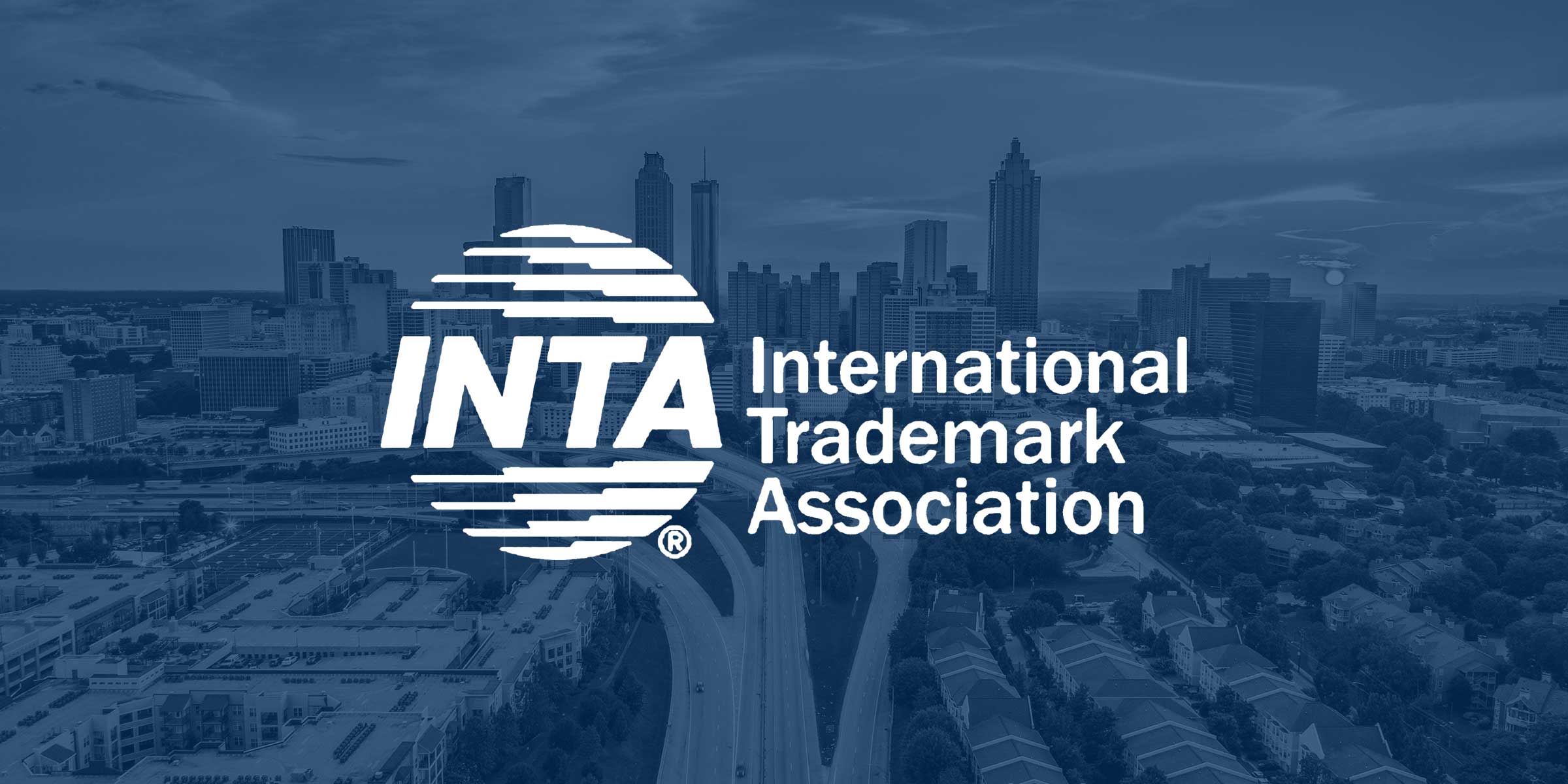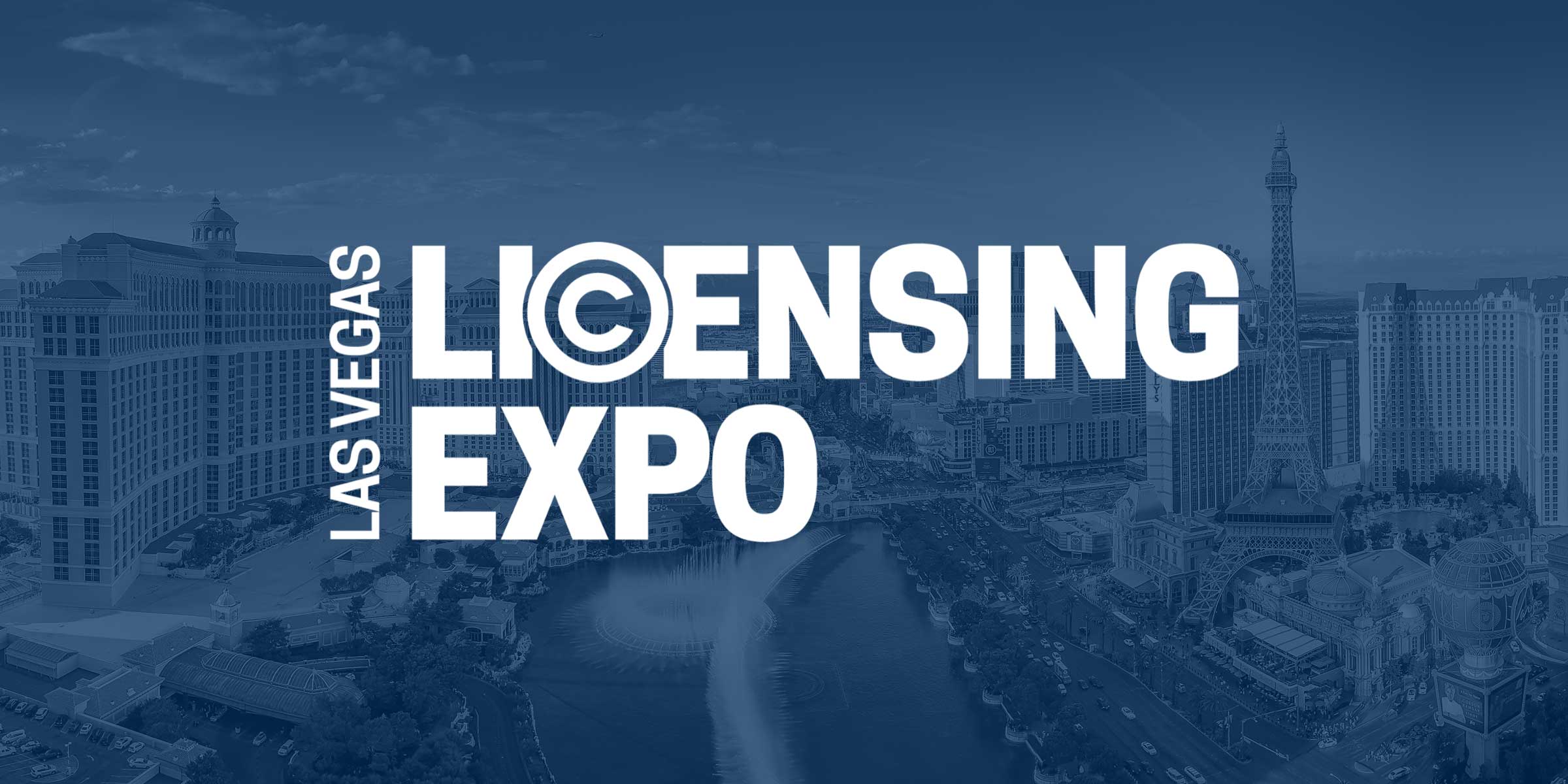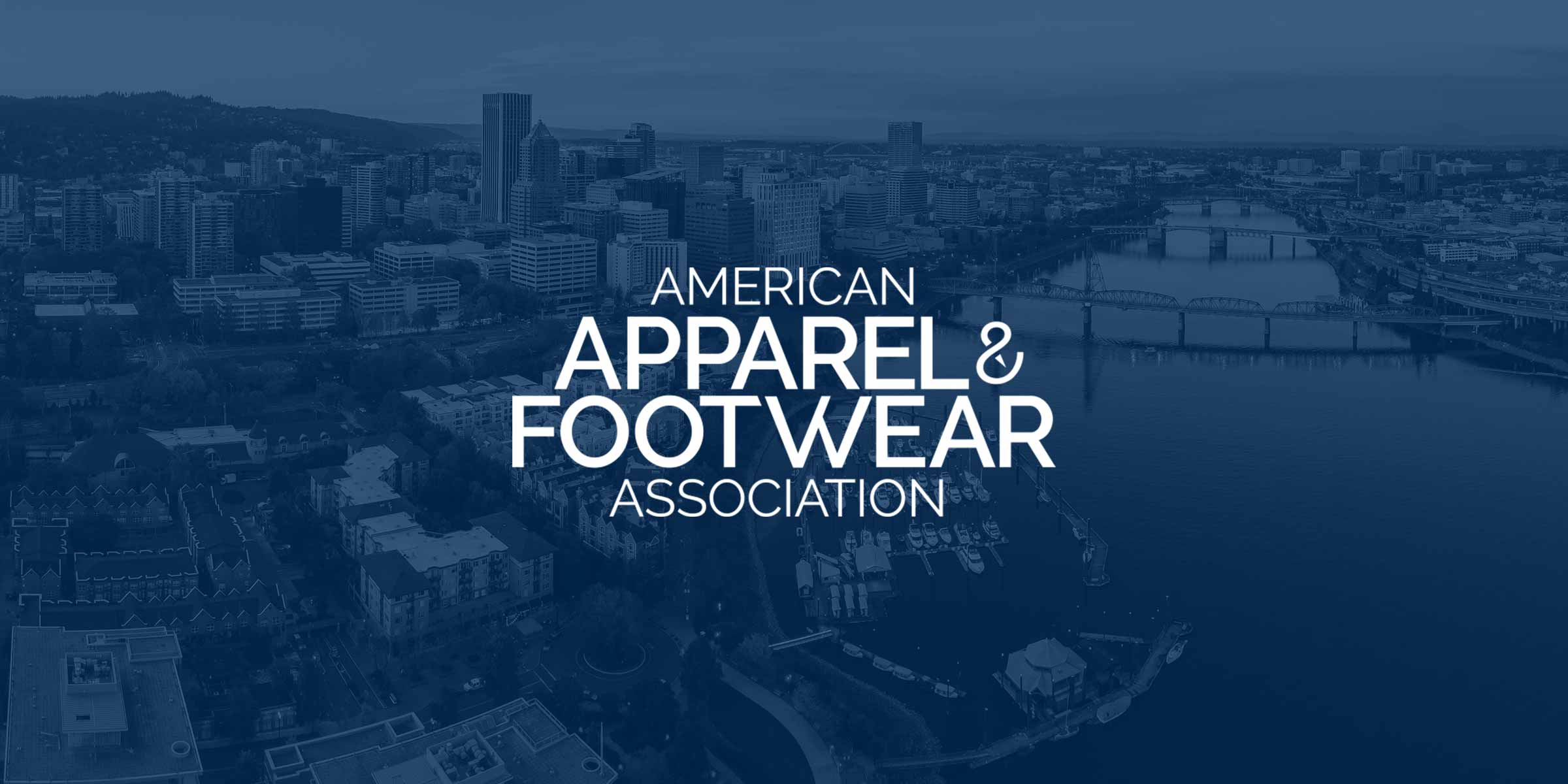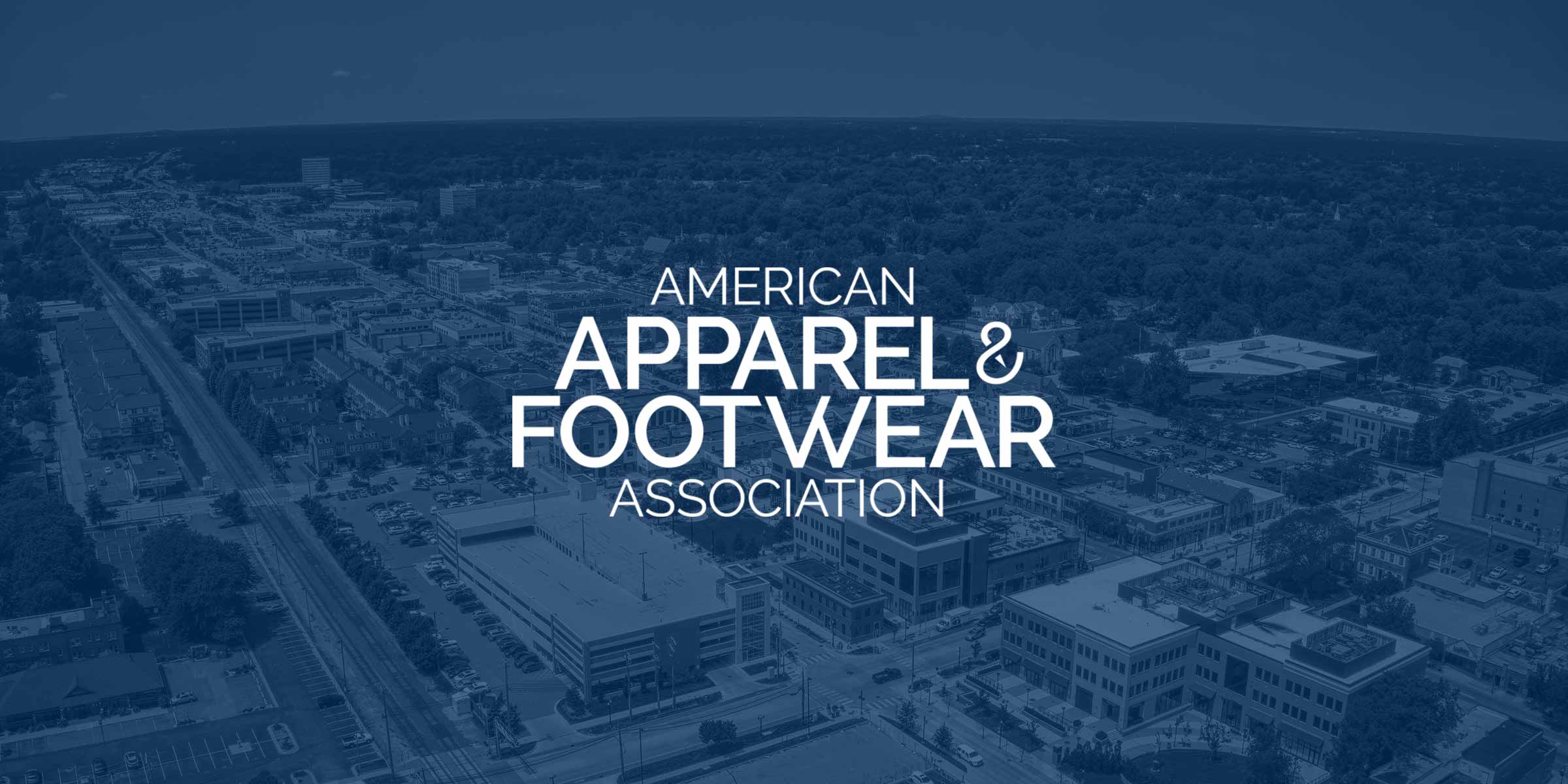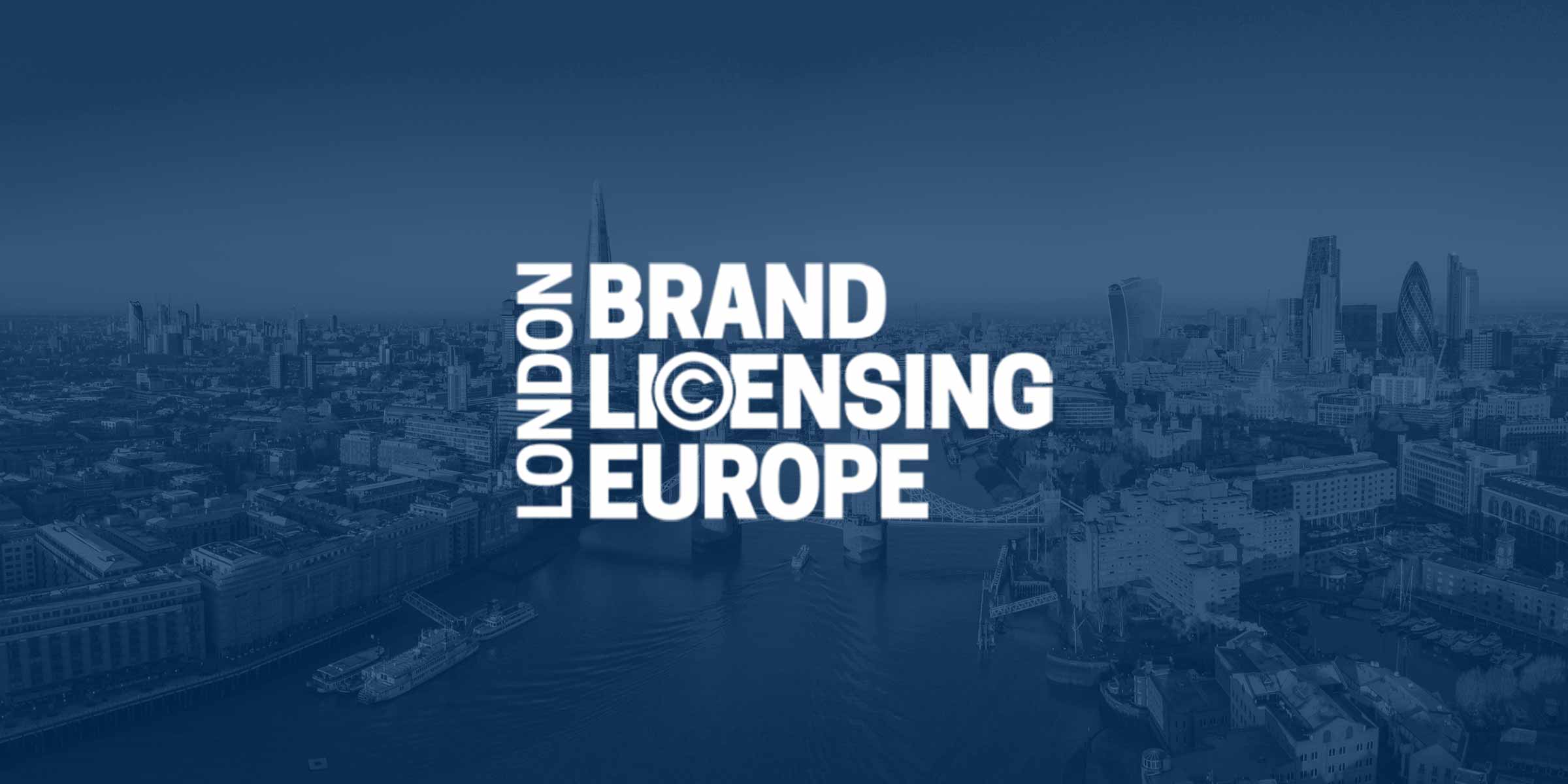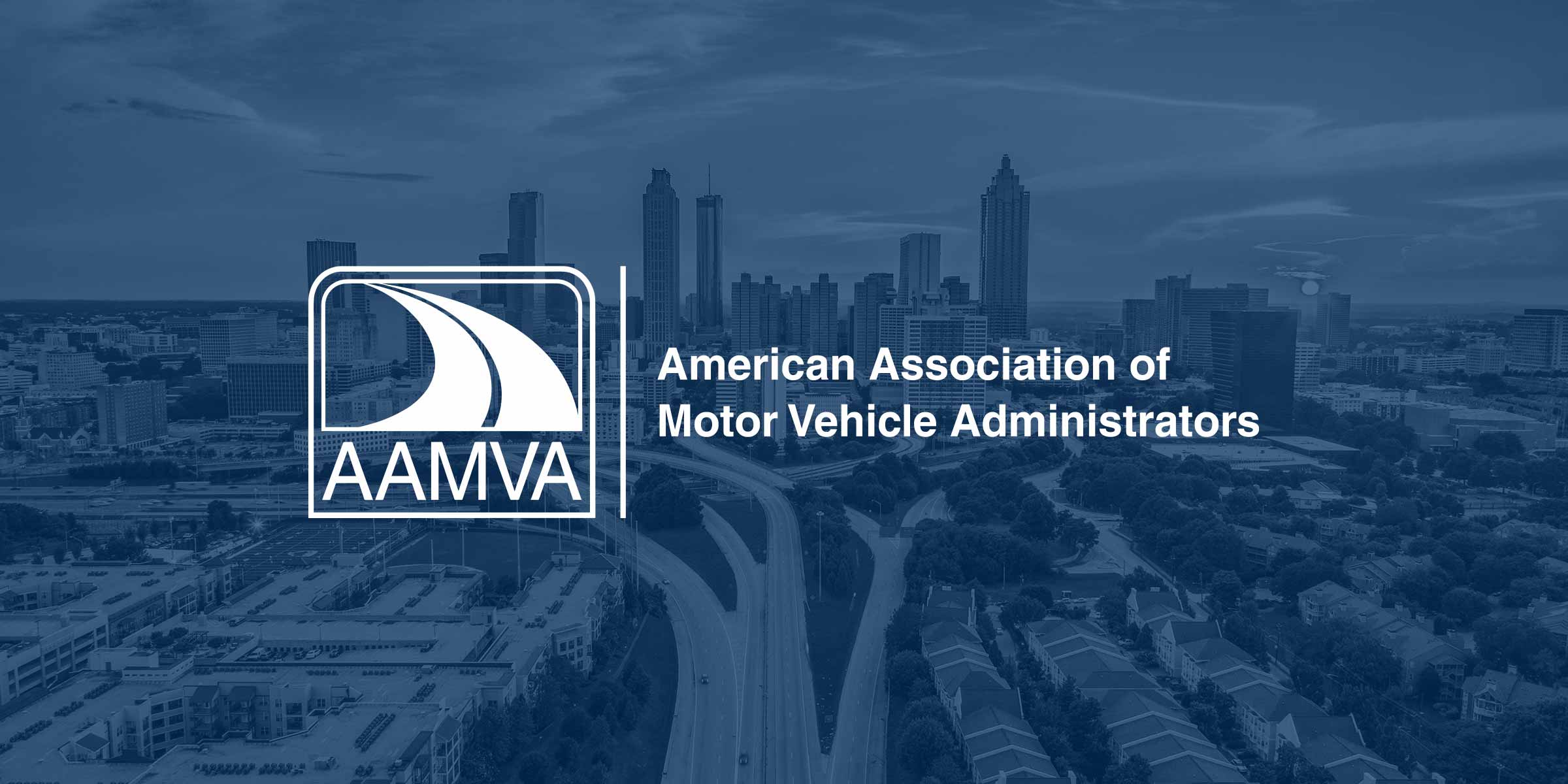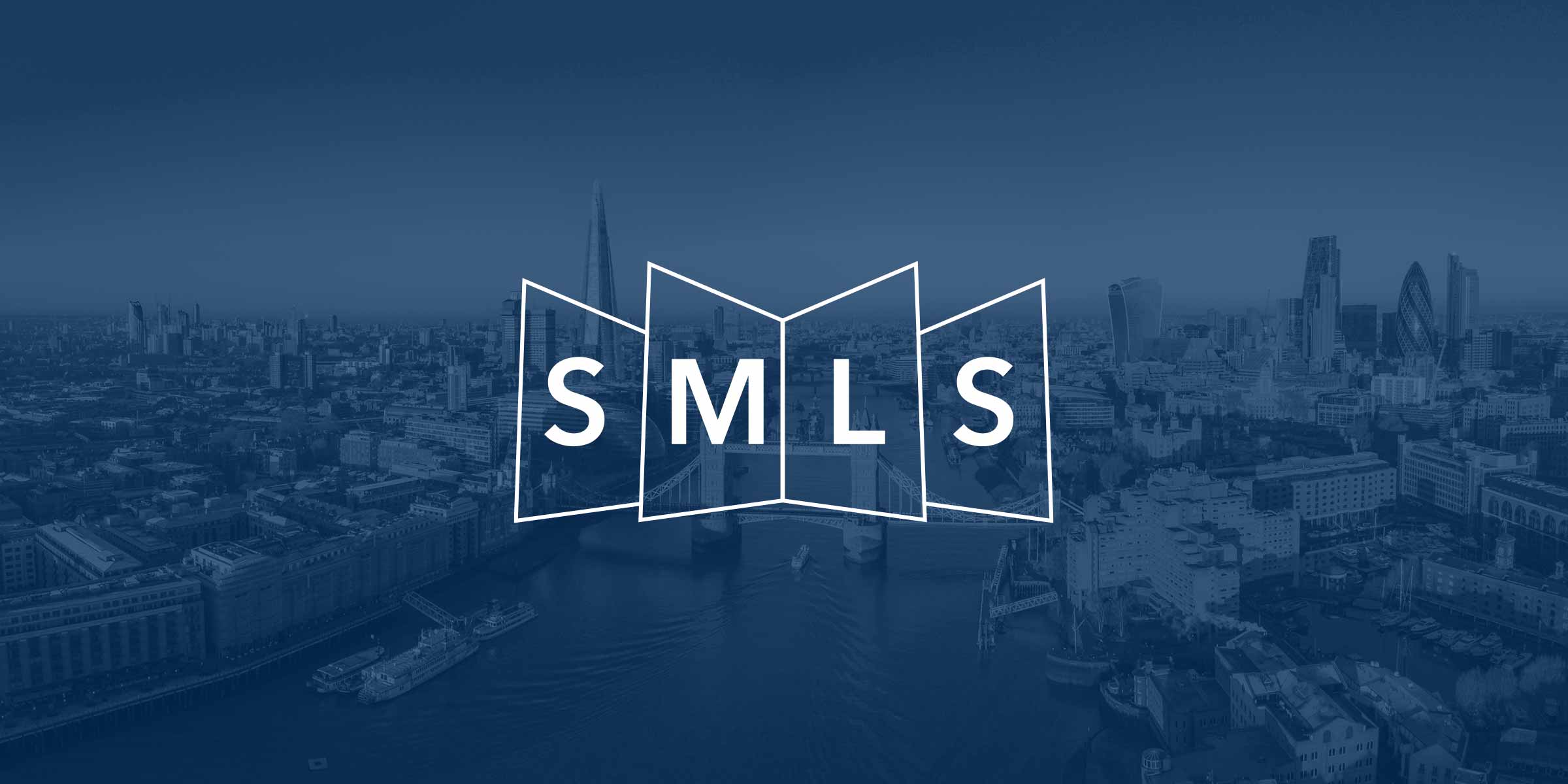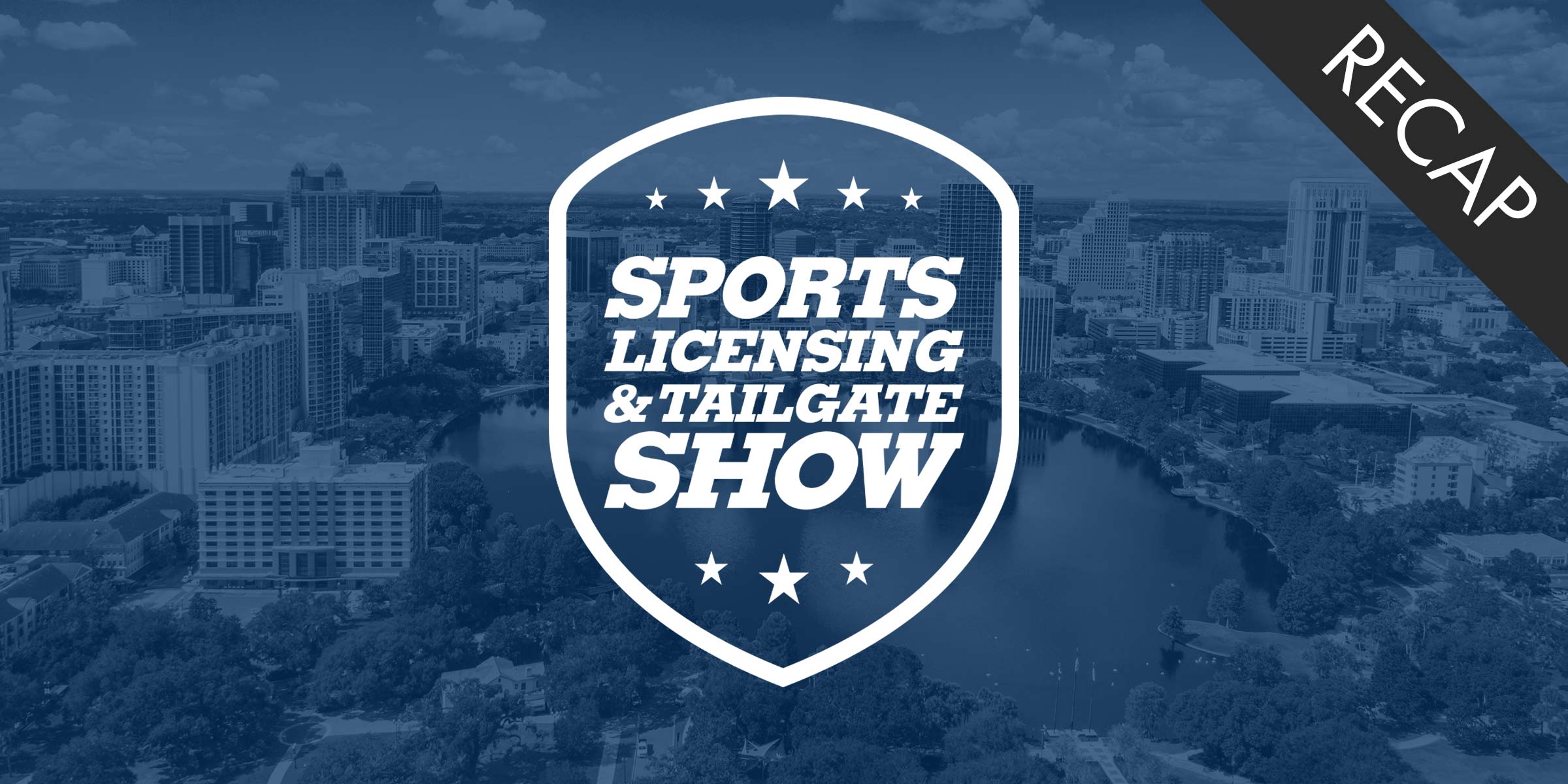Resources
Stay informed with our blog, case studies, and events.
Blog
Case Studies
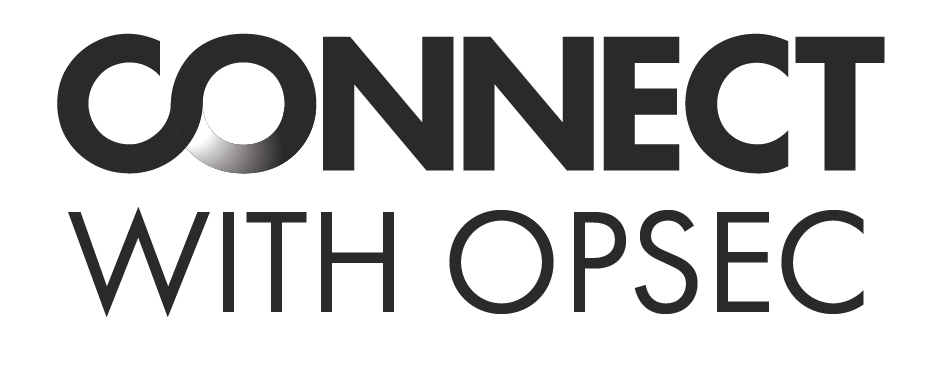
Licensing Expo
May 21-23, 2024 in Las Vegas, Nevada
Featuring thousands of iconic brands under one roof, the Licensing Expo is the largest licensing exhibition in the world. It’s an opportunity to spot the latest trends, discover fresh products, and create new connections in the brand licensing space.
Global Supply Chain & Trade Conference
June 4-5, 2024 in Portland, Oregon
Changing consumer demand and government regulations are impacting operational and sourcing strategies. During this conference discover how to leverage tools, access resources, optimize supply chain operations, and understand changing policies.
Traceability & Sustainability Conference
July 23-24, 2024 in Dearborn, Michigan
Achieving transparency and sustainability throughout the supply chain is vital. During this conference learn how to tackle issues such as climate change, worker rights, circular practices, water conservation, and ESG (Environmental, Social, and Governance) objectives.
Brand Licensing Europe
September 24-26, 2024 in London
With the world’s biggest brand owners, retailers and manufacturers, Brand Licensing Europe is the event for licensing and brand extension in Europe. It’s a chance to spot the latest trends, discover fresh products, and create new connections in the brand licensing space.
AAMVA Annual International Conference
September 24-26, 2024 in Atlanta, Georgia
The Annual International Conference for AAMVA is the place for chief administrators and key personnel from motor vehicle and law enforcement agencies to discuss major issues affecting the community, exchange ideas, and formulate potential solutions.
Sports Merchandise and Licensing Show
October 14, 2024 in London
The Sports Merchandise and Licensing Show is a showcase for top sports brands and retailers from across the globe. Tailored for all sports brands, it is the place to explore new business opportunities and catch up with existing industry contacts all under one roof.
Sports Licensing & Tailgate Show
January 24-26, 2024 in Las Vegas, Nevada
Back in January, OpSec exhibited at the Sports Licensing & Tailgate Show, the only event dedicated to sports and collegiate licensed merchandise. It was a great opportunity to meet with many of our existing long-term customers and new partners, from the major sports leagues, to some of the leading sports apparel brands.




